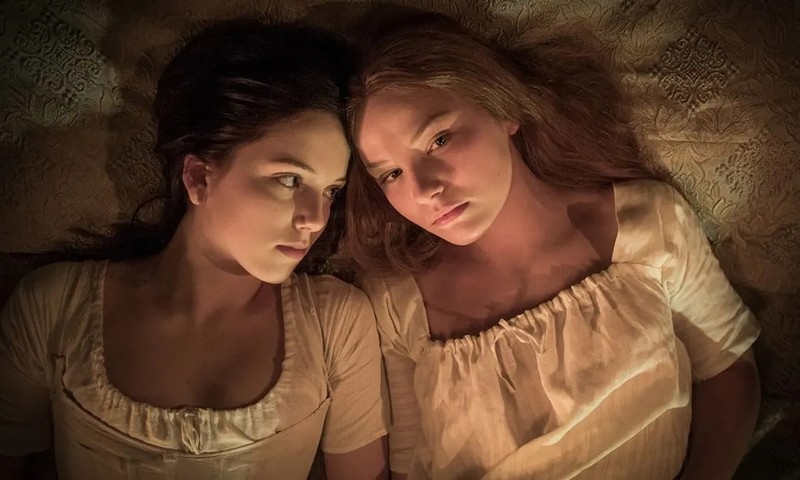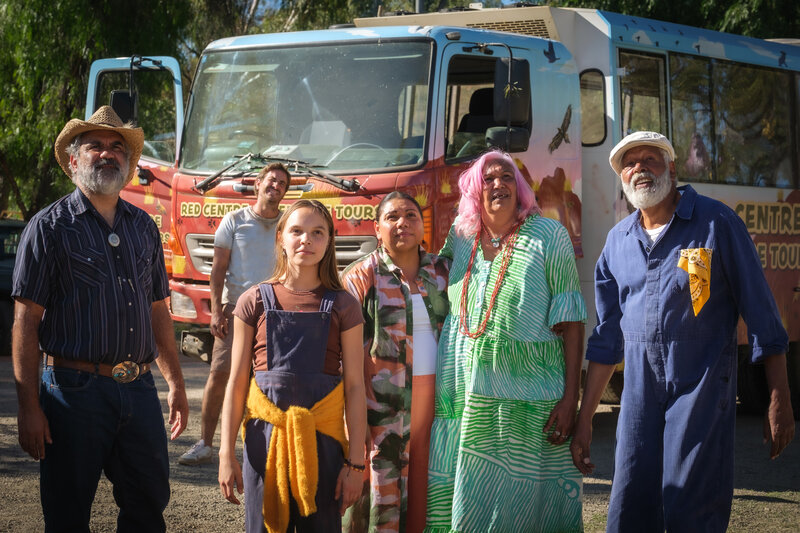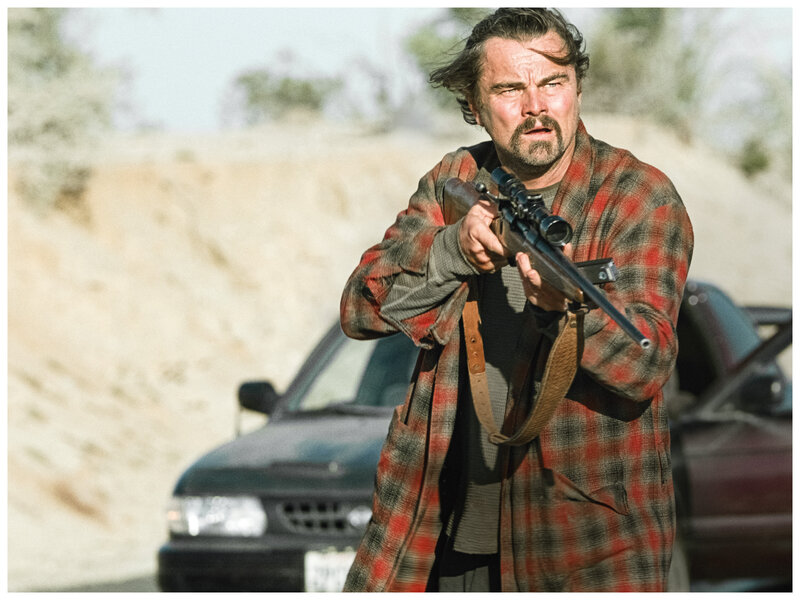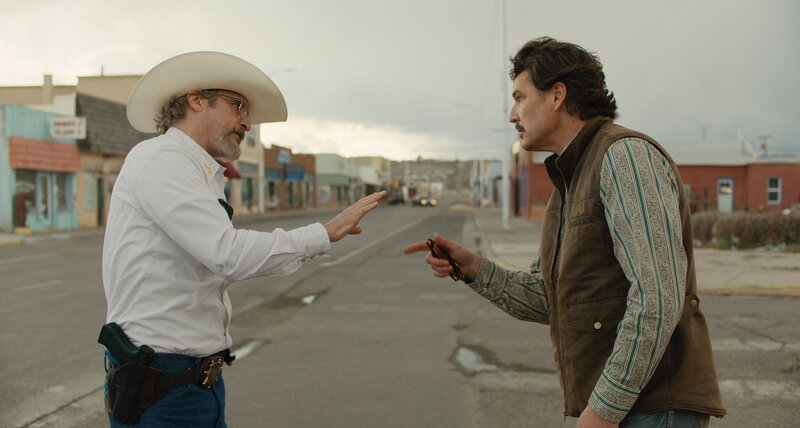In 2015, Robert Eggers played with the intersection of the real and the fantastic in the horrifyingly effective The Witch. Now writer-director Emily Harris treads similar territory in the creepy Carmilla.
Like The Witch, Harris explores the line between reality on one hand, and fear and superstition on the other. But where Eggers left a lot open to interpretation, Harris goes for more exposition. So Carmilla clearly stakes out which side it’s on quite early. This strips it of some tension. To make up for that, Harris introduces an air of foreboding via her characters rather than special effects.

Both films also explore the role of religion in shaping attitudes to the world and people’s behaviour. In Carmilla, that’s brought into sharp focus early on when a character is bound so she can’t use her left hand. At the time, society saw left-handedness as both “wrong” and quite possibly the work of the devil. That thread continues through to the more dramatic events later in the film.
In 19th Century England, Lara Bauer (Hannah Rae) lives in an isolated house with her widowed father (Greg Wise). Lara’s day-to-day needs however are seen to be her governess, Miss Fontaine (Jessica Raine). Lara hopes to visit a cousin in a nearby town, but she’s desperately disappointed when visit is cancelled. The family’s routine is disrupted however when a carriage overturns on the road near their house. While the driver dies, the passenger Carmilla (Devrim Lingnau) survives. The Bauers take Carmilla in and nurse her back to health. Carmilla soon inveigles herself into the family, forming a particularly strong bond with Lara. The straitlaced Miss Fontaine however suspects evil is afoot.
Harris’s source material is Joseph Sheridan Le Fanu’s novel Carmilla (1872), said to be the second-most filmed vampire novel of all time. The story has formed the basis for several films (of varying quality). Some have played up its vampire angle, while others have focussed more on the central relationship between Lara and Carmilla. This version also places that relationship at its core, but it drifts into more interesting territory. Harris explores how unconventional behaviour challenges conventional perceptions – and how the mainstream reacts to such challenges. The shocking climax brings these big ideas together.
In keeping with its Gothic themes, Carmilla is quite a dark film and moves fairly slowly, particularly in the early stages. But once the third act gets going, the film hurtles towards its dark conclusion. Michael Wood’s (Pavarotti) cinematography and Philip Selway’s (Let Me Go) score enhance the eerie mood. Apart from one scene, the film contains very little actual violence or conventional horror, but its pervasive creepiness kept me engaged.
The performances are deliberately downbeat in keeping with the film’s dour tone. Devrim Lingnau makes the most of the titular role with a coquettish performance. Jessica Raine gets the difficult role as the prim Miss Fontaine but delivers nonetheless. But Hannah Rae (Fighting with My Family) provides the most nuanced performance as Lara.
While I didn’t find Carmilla quite as viscerally unsettling as The Witch, Harris nonetheless delivers a disquieting and effective Gothic thriller. More than that, she explores some big ideas in an unusual and compelling way.
David Edwards
Other reviews you might enjoy:

David Edwards is the former editor of The Blurb and a contributor on film and television





